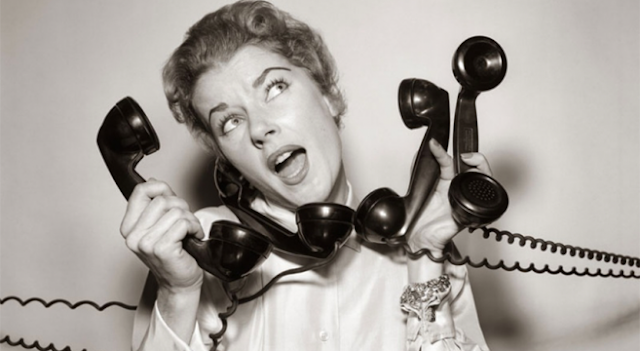How to create compelling Call-to-Actions (CTAs)
Image source: https://goo.gl/ZfJgBA
As you are sweating over to create the most comprehensive and unique content, one small thing tucked away in your content could be undermining all your hard work.
Call-to-action
Oh yes, I know it - its the sign up here button. Hey, I've got it sorted.
No - its not just that.
So what is a call to action?
As outlined in this article on OptInmonster.com, a call to action is a word, phrase, or sentence that encourages the reader to take a specific action. Says this article on AdEspresso, there are two main purposes of a call to action: to tell someone what they should do and give them the motivation to do so.
Call-to-action are the lifeblood of any campaign. Used correctly, they can act as the final push towards your goal conversion [free trial users, e-book downloads, form sign ups and so on]. Not used well, well, they will always choke the most beautifully designed campaigns.
Think of call-to-actions as the closing remarks in any conversation, whether it is print campaigns, social media ads, landing pages or even emails.
A good CTA will talk about the benefits of the offer [note benefits]. No product USPs [that's for you] but benefits.
X hours saved
Create beautiful images, always
Have access to the top experts
The CTA should use the right trigger words, that is, command verbs - buy, shop, subscribe,
The correct trigger words would also come from evoking the right emotions. Excitement, enthusiasm, anxiety (the good kind) are good to evoke through the campaign.
Creating the perfect CTAs, well, almost perfect
1. Identify the problem, heighten, offer a solution
If your target group is aware of the problem, well then, then it is an easier climb. Not easy still, but slightly so. Your CTA should come after the copy has identified the problem. The CTA would then act as the closing argument in making your point.
Huh?
Easier said than done.
The copy should briefly but powerfully capture the problem from the prospects' - and not yours - perspective. What are your TG's problems - getting subscribers, cost-efficiencies, resource management - whatever it is, identify, heighten and offer to solve. You can also read this article by Hubspot here about 31 Call-to-Action Examples You Can't Help But Click.
2. Use of correct words
The right emotions and words can lead to clicks and conversions. CTAs can be conversational and funny and should definitely not be intimidating.
If the prospect perceives a high risk / low reward payoff, you would struggle to get any conversions. Try using persuasive words: you / free / bonus / instantly / new, as recommended in this article by Niel Patel.
On that note, you may also want to try out more possessive determiners - a concept explained in this article on Instapage here. Usage of possessive determiners "your" "our" and so on, make the reader feel as if s/he is being directly addressed. Its personable and powerful. Case in point, check out the image below. No guesses for which CTA is more clickable.
Source: https://instapage.com/blog/6-simple-tips-for-creating-effective-call-to-action-buttons
3. Work on creating curiosity and anticipation
Been there, done that CTA? Such as Learn More, Register Now, Click Here. Why not try out action CTAs that encourage anticipation and evoke curiosity? What about "Increase your conversion rate by 25%", "Decrease your cost by 10% by using this".
Imagine having to choose between
"Download E-Book" versus "Increase Your Conversions by 40%"
You would choose something closer to solving your real business need, any day. The prospect is no different.
4. Reduce risk
Customer abhor risk - and you should look to avert it for them. Reduce perceived risks for time and money invested by offering free trials, limited period offers, "take now - cancel anytime" offers, give-aways, incentivising them to take action.
5. Include secondary CTAs
The primary CTA may not interest the user - fair enough - but it is advisable to ensure that the conversation with the customer continues. Hence a secondary CTA. If not a high-value CTA like "Sign Up Now to Get 20% Off", then it would be good to have a customer's engagement with a secondary CTA like "View Products" or "Contact Us"
6. Avoid "decision fatigue".
Prospects are hard pressed for time - and we as marketers shouldn't push it. Presented with an array of too many choices and the prospect might just switch off - either delay the decision making further along, or just decide not to purchase after all. Viewers would rather choose between fewer, clearer choices rather than many, confusing ones. So choose your CTAs accordingly. Sometimes a single cleverly crafted CTA is more effective than four arbitrary ones.
References
Billy McCaffrey, Hook, Line, and Sinker (December 19, 2017) 7 Tips for a Killer Call-to-Action
https://www.wordstream.com/blog/ws/2014/10/09/call-to-action
https://neilpatel.com/blog/how-to-create-the-perfect-call-to-action/
https://www.crazyegg.com/blog/call-to-action-examples/





Comments
Post a Comment